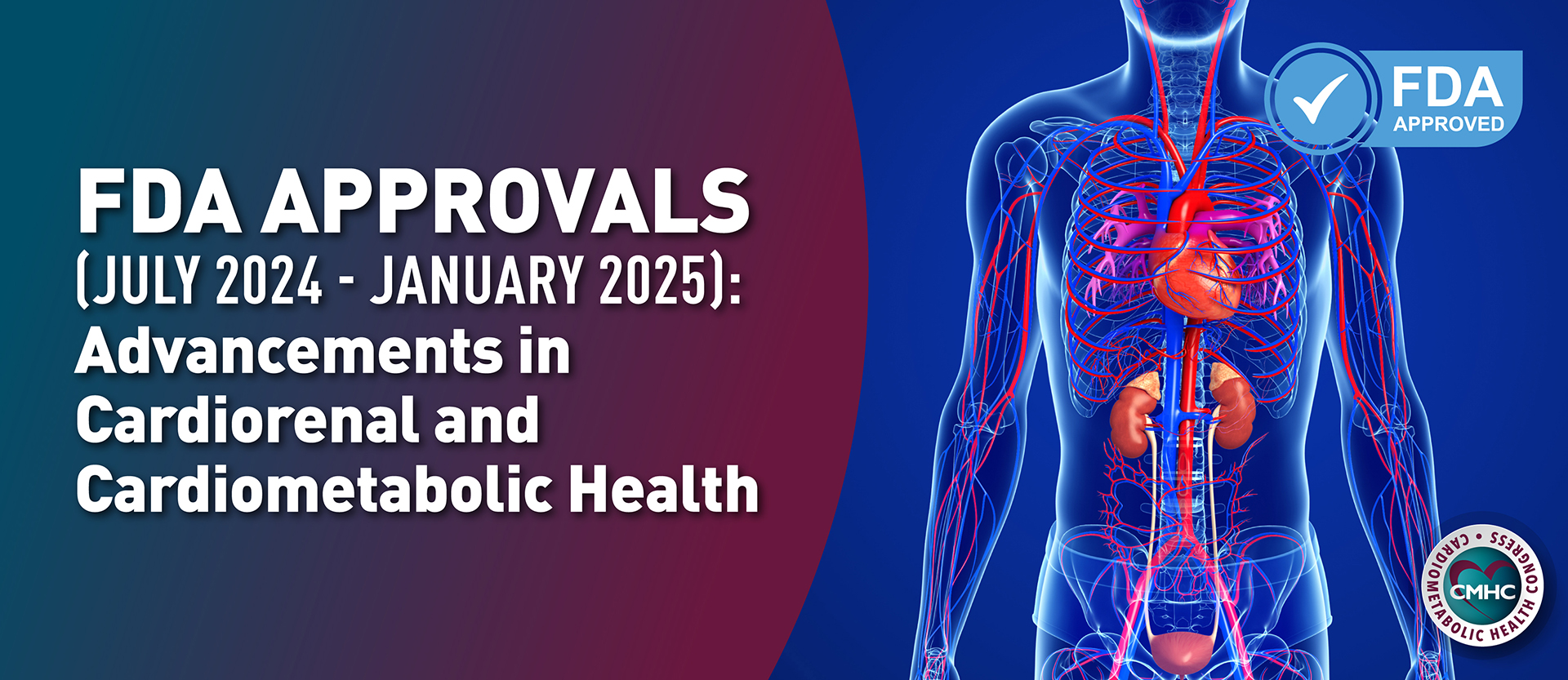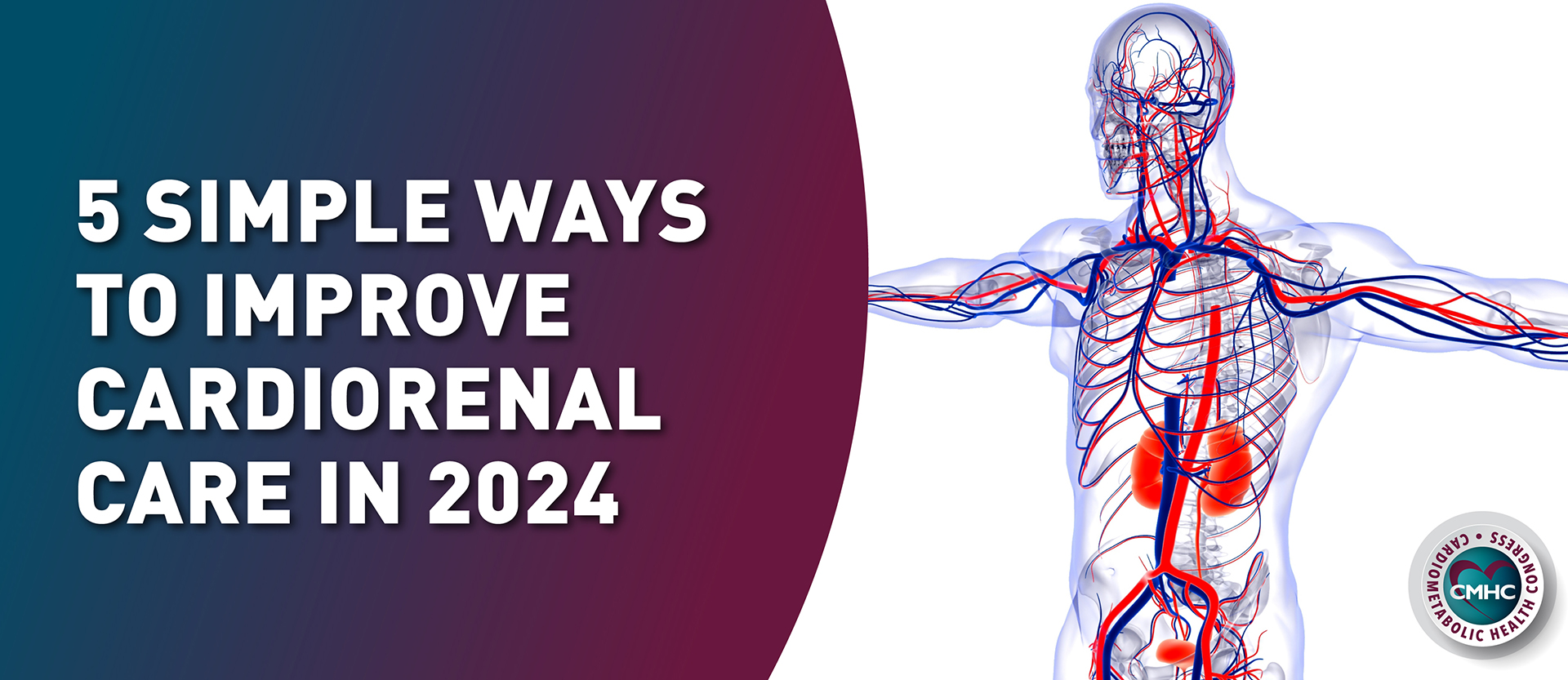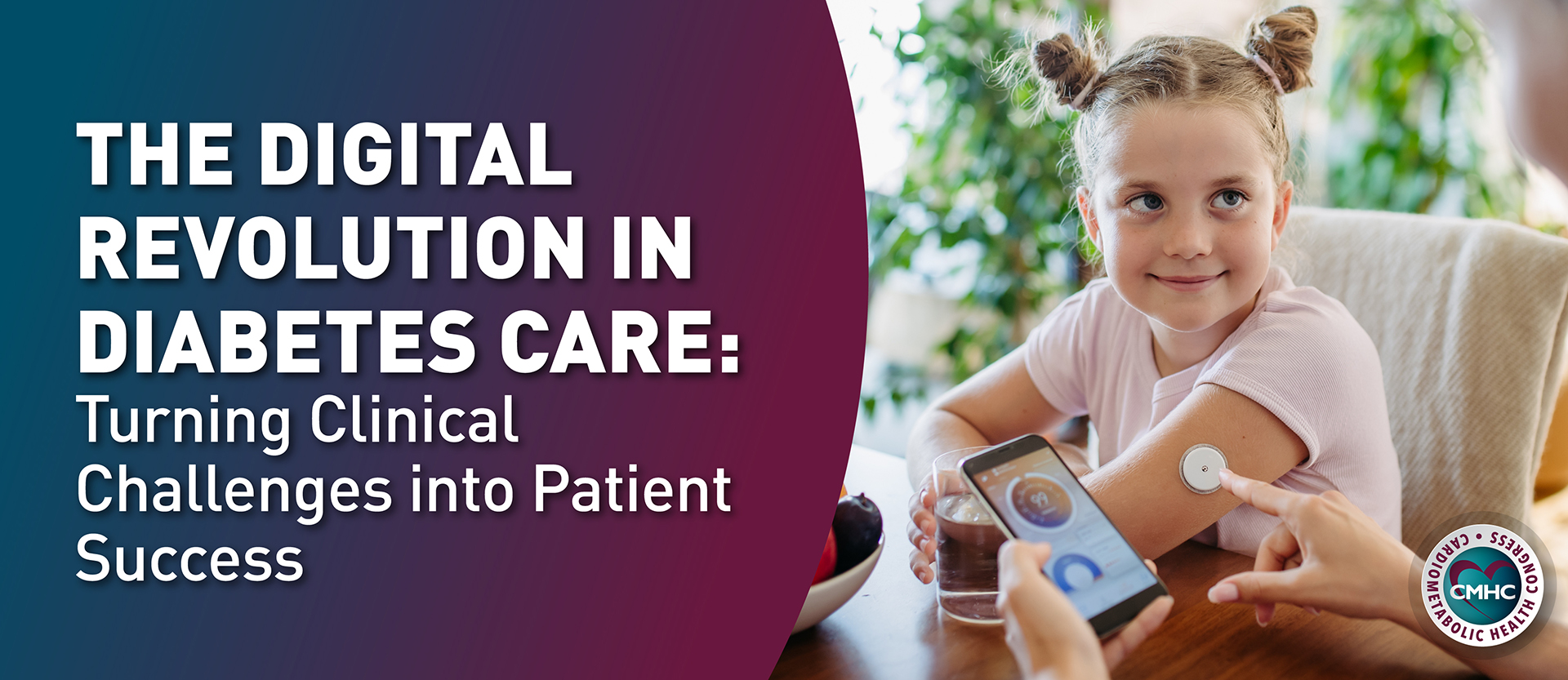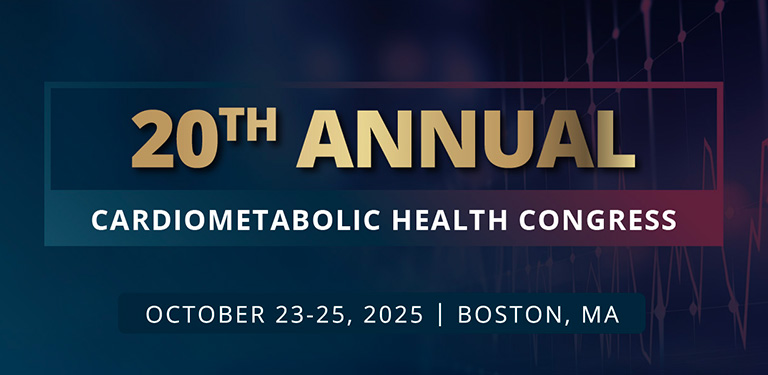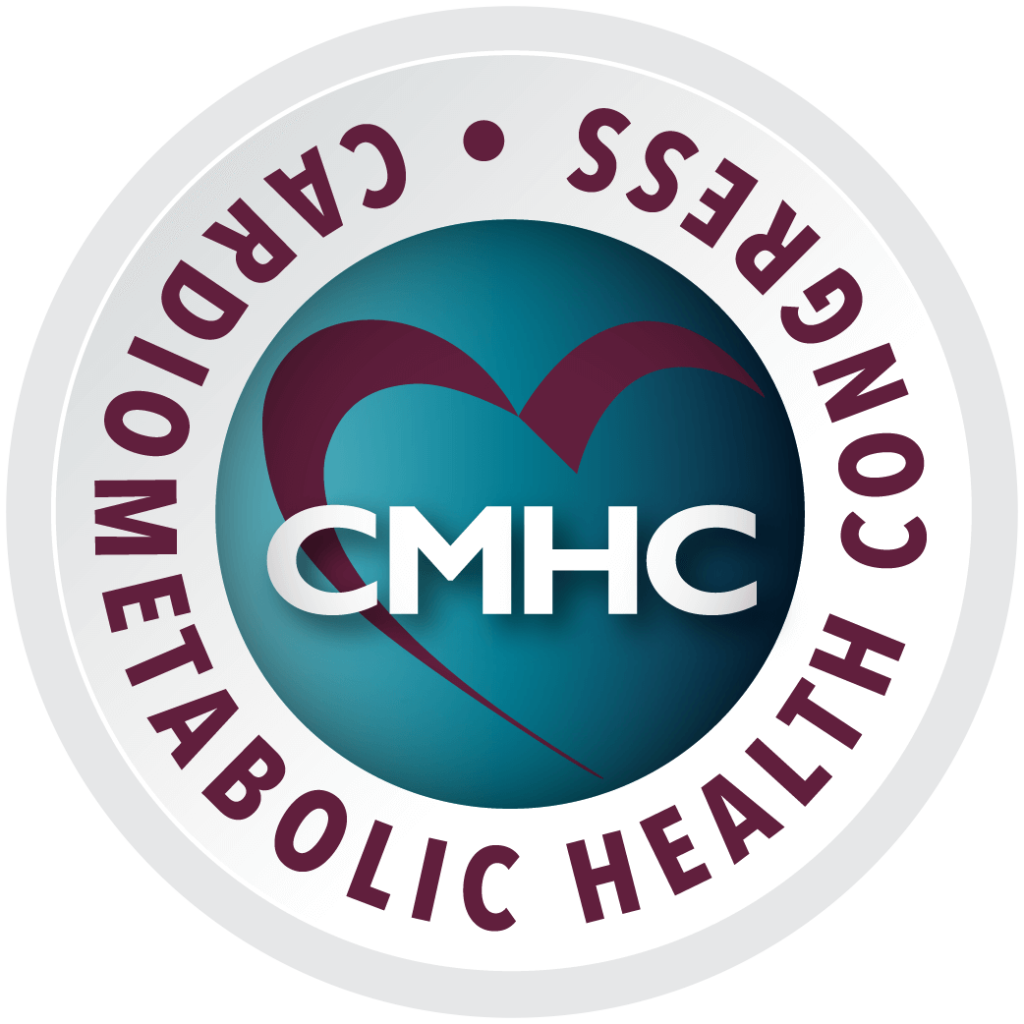A new study conducted by researchers and scientists at Ohio University has found that vitamin D3 – a vitamin that is naturally produced when skin is exposed to sunlight – could prevent and restore damage caused by several cardiovascular diseases, including diabetes, hypertension and atherosclerosis.
The study shows that Vitamin D3 — which is made by the body naturally when skin is exposed to the sun — can significantly restore the damage to the cardiovascular system caused by several diseases, including hypertension, diabetes and atherosclerosis. Vitamin D3 supplements are also available over-the-counter.
The study, by Marvin and Ann Dilley White Chair and Distinguished Professor Dr. Tadeusz Malinski and two graduate students, Alamzeb Khan and Hazem Dawoud, has been published in the International Journal of Nanomedicine.
“Generally, Vitamin D3 is associated with the bones. However, in recent years, in clinical settings people recognize that many patients who have a heart attack will have a deficiency of D3. It doesn’t mean that the deficiency caused the heart attack, but it increased the risk of heart attack,” Malinski said. “We use nanosensors to see why Vitamin D3 can be beneficial, especially for the function and restoration of the cardiovascular system.”
Malinski’s team has developed unique methods and systems of measurements using nanosensors, which are about 1,000 times smaller in diameter than a human hair, to track the impacts of Vitamin D3 on single endothelial cells, a vital regulatory component of the cardiovascular system. A major discovery from these studies is that vitamin D3 is a powerful stimulator of nitric oxide (NO), which is a major signaling molecule in the regulation of blood flow and the prevention of the formation of clots in the cardiovasculature. Additionally, vitamin D3 significantly reduced the level of oxidative stress in the cardiovascular system.
Most importantly, these studies show that treatment with vitamin D3 can significantly restore the damage to the cardiovascular system caused by several diseases, including hypertension, atherosclerosis, and diabetes, while also reducing the risk of heart attack. These studies, performed on cells from Caucasian Americans and African Americans, yielded similar results for both ethnic groups.
“There are not many, if any, known systems which can be used to restore cardiovascular endothelial cells which are already damaged, and Vitamin D3 can do it,” Malinski said. “This is a very inexpensive solution to repair the cardiovascular system. We don’t have to develop a new drug. We already have it.”
These studies, performed at Ohio University, are the first to identify the molecular mechanism of vitamin D3-triggered restoration of the function of damaged endothelium in the cardiovasculature. While these studies were performed using a cellular model of hypertension, the implication of vitamin D3 on dysfunctional endothelium is much broader. The dysfunction of endothelium is a common denominator of several cardiovascular diseases, particularly those associated with ischemic events.
Therefore, the authors suggest that vitamin D3 may be of clinical importance in the restoration of dysfunctional cardiac endothelium after heart attack, capillary endothelium after brain ischemia (stroke), hypovolemia, vasculopathy, diabetes and atherosclerosis. This suggestion is strongly supported by several clinical studies which indicate that vitamin D3 at doses higher than those currently used for the treatment of bone diseases, may be highly beneficial for the treatment of the dysfunctional cardiovascular system.
“Professor Malinksi has an international reputation for outstanding and innovative research related to the cardiovascular system,” Ohio University Dean of Arts and Sciences Robert Frank said. “This latest work is yet another example of his impact on this field.”



